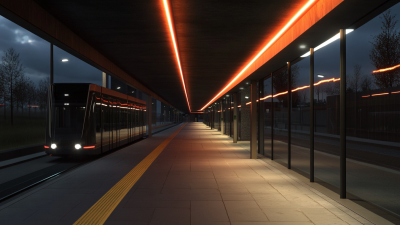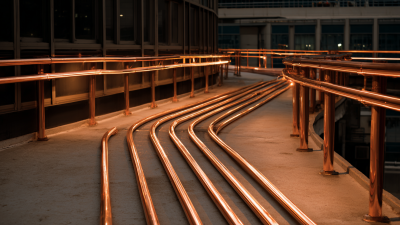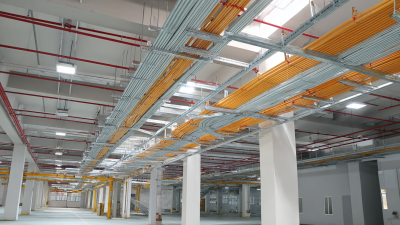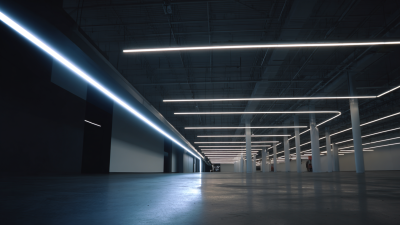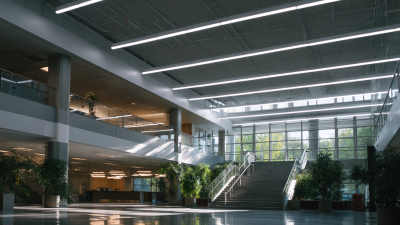Leave Your Message
-
Phone
-
E-mail
-
Whatsapp
-
Whatsapp


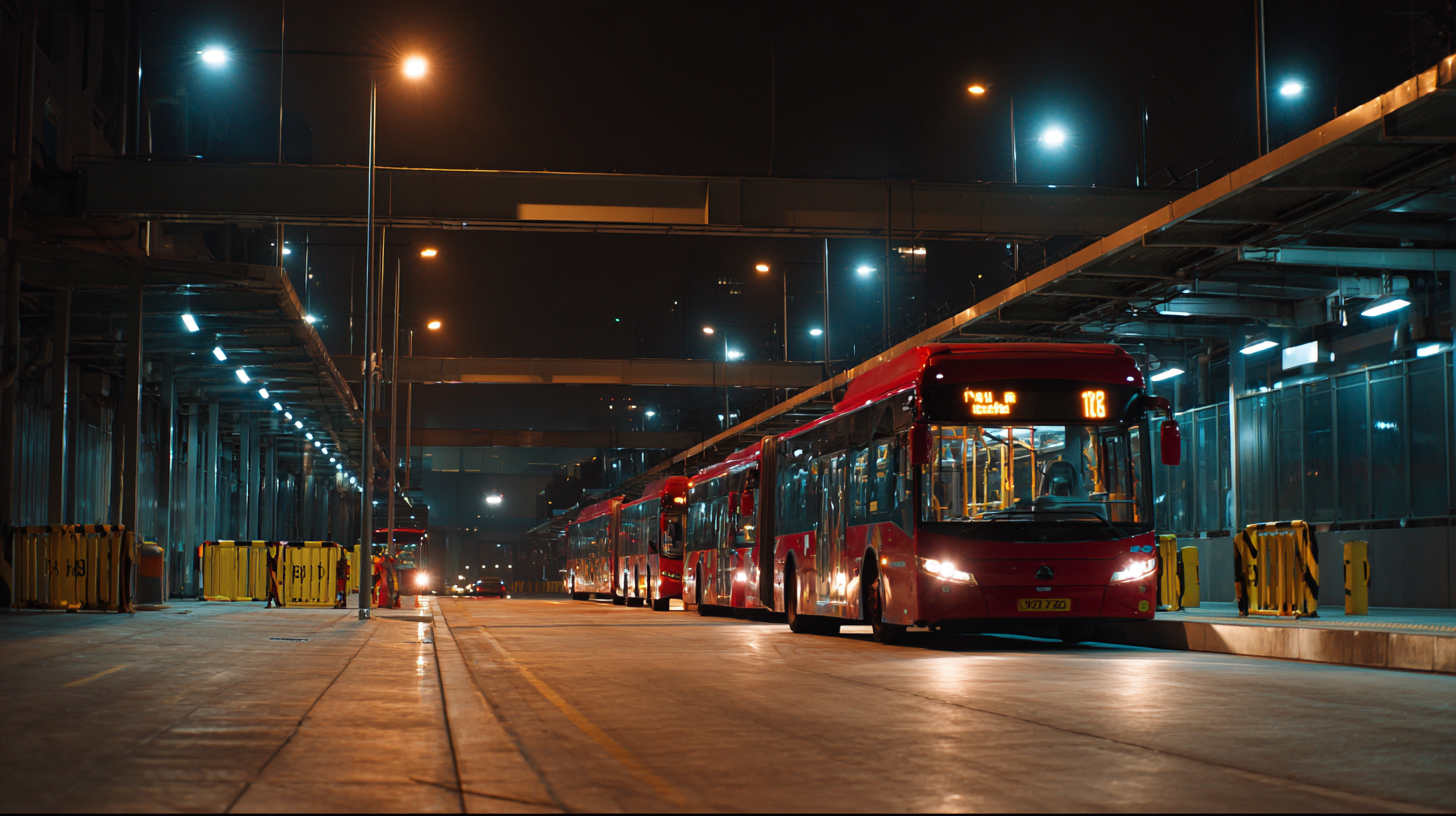 In today's rapidly evolving energy landscape, optimizing energy efficiency has become a top priority for many industries, particularly within commercial and industrial sectors. According to a report by the U.S. Department of Energy, lighting accounts for nearly 30% of the total electricity used in commercial buildings, making effective lighting solutions essential for reducing energy consumption and costs. One innovative solution gaining traction is the use of Lighting Busway systems, which offer superior performance and flexibility compared to traditional lighting fixtures. These systems not only allow for easy modifications and expansions but also enhance energy efficiency by integrating advanced technologies like LED and intelligent controls. As companies strive to meet sustainability goals and reduce their carbon footprints, understanding the key strategies for optimizing Lighting Busway systems will be crucial for maximizing energy savings and improving overall operational efficiency.
In today's rapidly evolving energy landscape, optimizing energy efficiency has become a top priority for many industries, particularly within commercial and industrial sectors. According to a report by the U.S. Department of Energy, lighting accounts for nearly 30% of the total electricity used in commercial buildings, making effective lighting solutions essential for reducing energy consumption and costs. One innovative solution gaining traction is the use of Lighting Busway systems, which offer superior performance and flexibility compared to traditional lighting fixtures. These systems not only allow for easy modifications and expansions but also enhance energy efficiency by integrating advanced technologies like LED and intelligent controls. As companies strive to meet sustainability goals and reduce their carbon footprints, understanding the key strategies for optimizing Lighting Busway systems will be crucial for maximizing energy savings and improving overall operational efficiency.
Lighting busway systems are increasingly recognized for their significant contributions to energy efficiency in commercial and industrial settings. According to a report by the Department of Energy, these systems can reduce lighting energy consumption by up to 30%, primarily through their innovative design that minimizes energy losses associated with traditional wiring methods. The modular nature of busway systems allows for easy reconfigurations and upgrades, making them adaptable to various lighting needs without requiring extensive energy expenditure.
When integrating lighting busway systems, businesses should consider implementing smart controls that optimize energy use further. Data from the International Energy Agency highlights that combining busway systems with advanced lighting controls can lead to an impressive 50% reduction in overall energy costs. This synergy not only extends the lifespan of lighting fixtures but also empowers users with real-time insights into energy consumption patterns.
Tips for optimizing energy efficiency with lighting busway systems include conducting a comprehensive energy audit to identify potential savings areas and investing in LED fixtures, which have been shown to use up to 75% less energy than traditional incandescent bulbs. Furthermore, ensuring that fixtures are properly maintained and cleaned can maximize their efficiency, contributing to sustained energy savings over time. By leveraging these strategies, organizations can significantly enhance their energy performance while enjoying the benefits of modern lighting technology.
| Dimension | Description | Advantages | Energy Savings (%) |
|---|---|---|---|
| Improved Flexibility | Allows for easy relocation of lights without complex rewiring. | Adaptable to changing workspace requirements. | 20% |
| Reduced Installation Time | Simplifies the process of setting up lighting systems. | Lower labor costs and quicker deployment. | 15% |
| Enhanced Safety | Minimized risk of electrical hazards with better cable management. | Creates a safer work environment. | 10% |
| Integrated Control Systems | Allows for smart lighting solutions with sensors. | Automated adjustments for optimal lighting. | 25% |
| Long-Term Durability | Built to withstand environmental stresses. | Reduces maintenance and replacements over time. | 5% |
When considering the optimization of energy efficiency in commercial settings, selecting the right lighting busway system is critical. Key features that contribute to energy efficiency include modularity, advanced control systems, and high-quality materials. According to a report by the U.S. Department of Energy, energy-efficient lighting can reduce energy consumption by up to 30% compared to traditional systems. Modular designs allow for easy expansion and reconfiguration without the need for extensive renovations, ensuring that businesses can adapt their lighting solutions to evolving needs while minimizing waste.
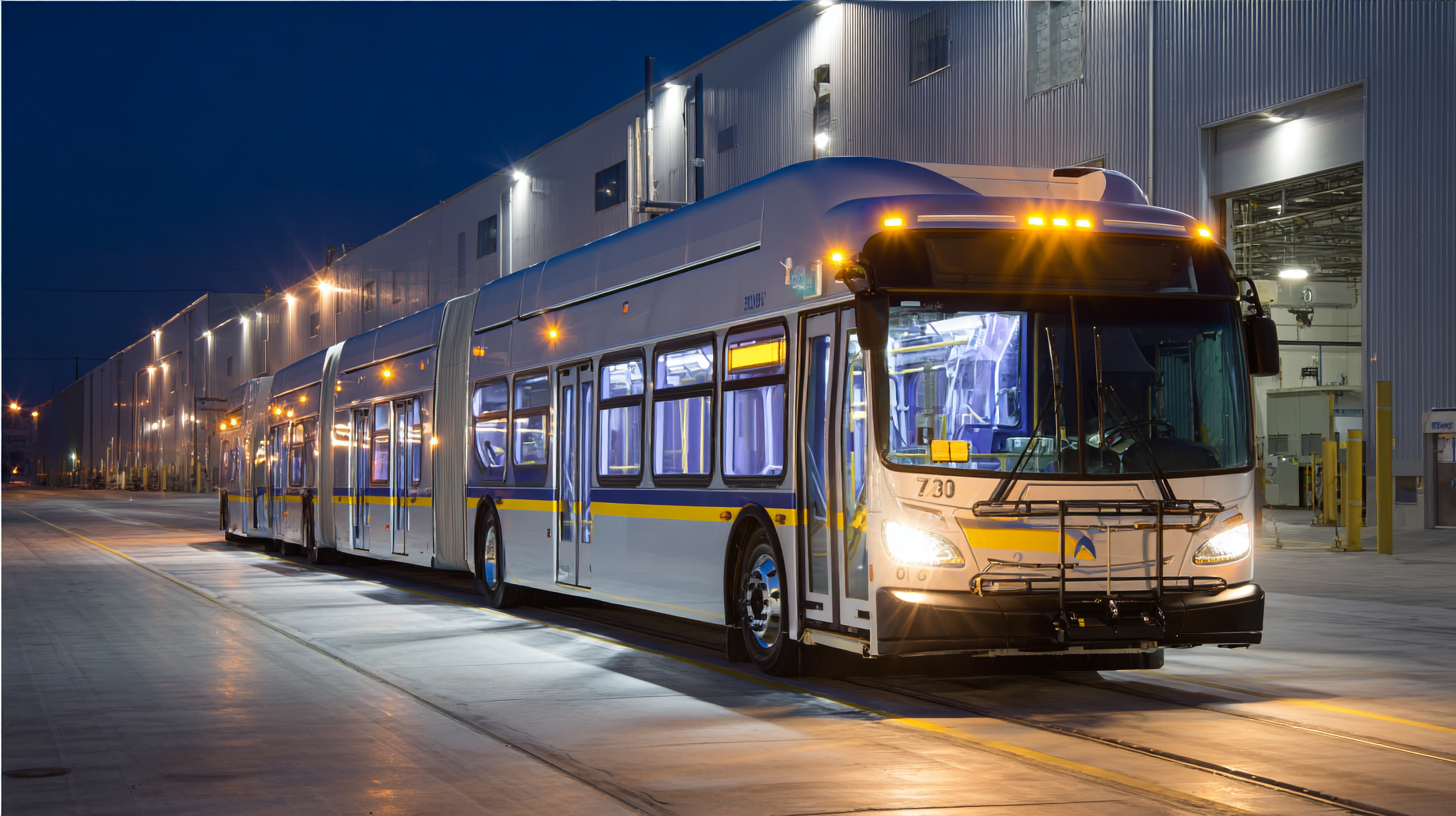
In addition to modularity, incorporating advanced control systems, such as occupancy sensors and daylight harvesting technologies, can further enhance energy savings. A study by the Lawrence Berkeley National Laboratory found that integrating these smart technologies can result in up to 60% reductions in energy use for lighting in commercial spaces. Furthermore, selecting busway systems made from durable, sustainable materials not only contributes to lower carbon footprints but also ensures longevity and reduced maintenance costs, making them a wise investment for organizations looking to enhance their sustainability efforts.
In the quest for enhanced energy efficiency in commercial spaces, optimizing lighting systems takes center stage. According to the U.S. Department of Energy, lighting accounts for about 17% of electricity consumption in commercial buildings, which presents a significant opportunity for savings. Implementing lighting busway systems can drastically improve efficiency by enabling greater flexibility and reducing energy waste. These systems facilitate the use of LED fixtures, which consume up to 75% less energy than traditional incandescent lights, while also offering longer lifespans.
Moreover, strategic planning in the design and deployment of lighting busway systems can lead to substantial cost reductions. A report from the Lighting Research Center revealed that incorporating advanced controls, such as occupancy sensors and daylight harvesting, can yield energy savings of 30% or more. Such technologies ensure that lighting is only used when necessary, further enhancing operational efficiency. By leveraging these strategies, businesses not only reduce their energy expenditures but also contribute to sustainability goals, positioning themselves as leaders in an increasingly eco-conscious market.
The future of lighting busway systems is being significantly shaped by recent industry innovations that focus on energy efficiency and intelligent design. According to a 2023 industry report by the International Energy Agency, energy-efficient lighting systems can reduce electricity consumption by up to 75% compared to traditional fixtures. Lighting busway systems, which offer flexibility and scalability in commercial settings, are becoming increasingly popular as businesses strive to meet sustainability goals.
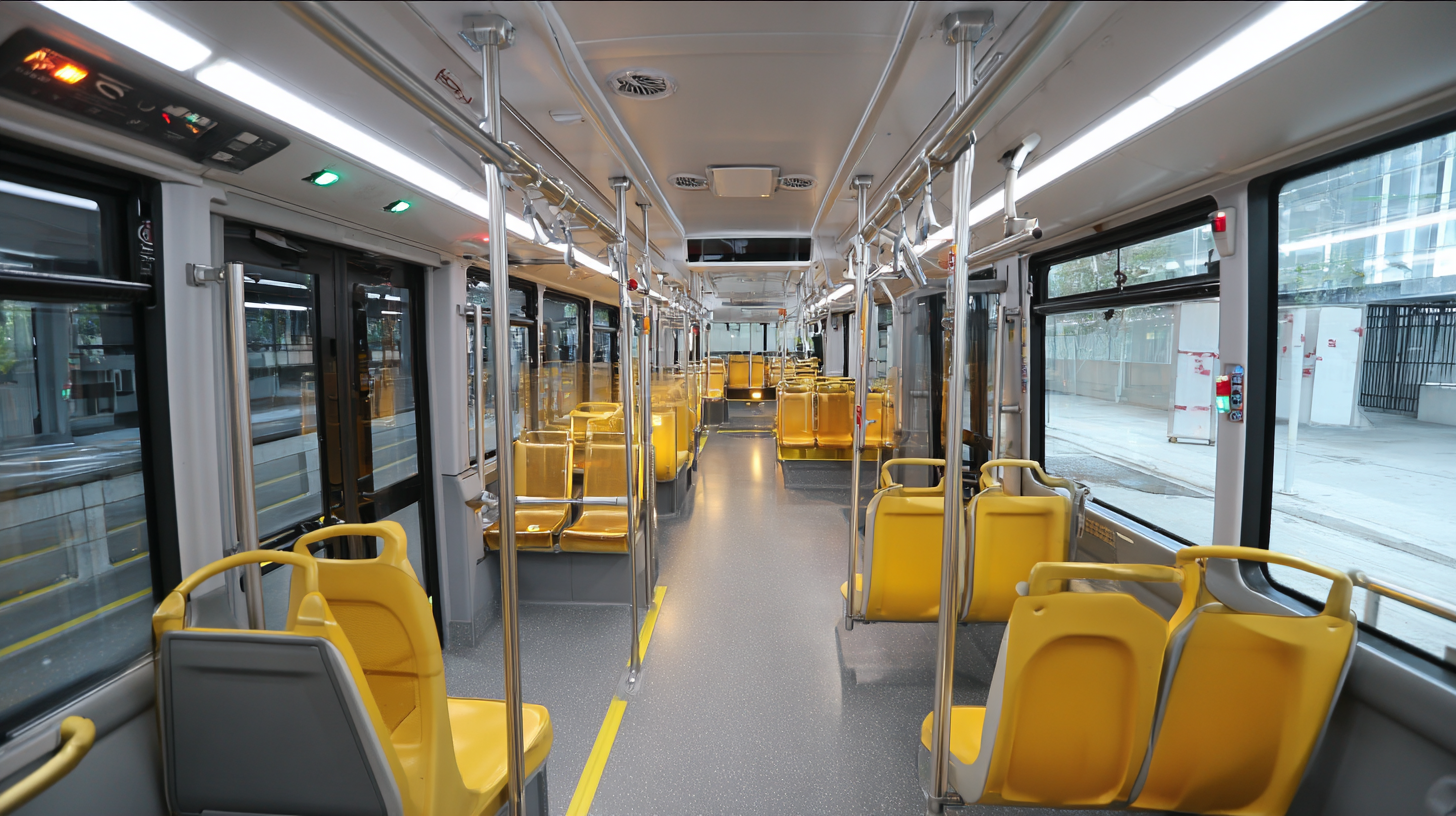
Innovative technologies such as smart sensors and integrated controls are transforming how lighting busway systems operate. A study by the Lighting Research Center indicates that incorporating smart lighting controls can lead to a 30% increase in energy savings, as systems adapt in real-time to environmental and occupancy data. Additionally, advancements in LED technology have drastically increased the lifespan and efficiency of lighting solutions, with some LEDs now achieving more than 160 lumens per watt. These innovations not only contribute to reduced operational costs but also support organizations in achieving their environmental targets, paving the way for more sustainable business practices in the future.
Lighting busway systems have emerged as a transformative solution for enhancing energy efficiency in various sectors. Real-world case studies reveal significant advancements achieved through their implementation. For example, a major industrial facility in Michigan upgraded its outdated lighting infrastructure to a modern busway system, resulting in a 30% reduction in energy consumption. This system allowed for easy reconfiguration, facilitating adaptability to changing operational needs while minimizing waste.
Another noteworthy instance is a large commercial building in California that integrated a lighting busway system during its renovation. The flexibility of the busway enabled the installation of energy-efficient LED fixtures tailored to specific areas, optimizing lighting levels based on usage. Post-implementation studies showed not only a substantial reduction in energy costs but also improved occupant satisfaction due to enhanced lighting quality. These case studies highlight the tangible benefits of lighting busway systems, proving them to be a strategic investment for businesses aiming to boost their energy efficiency and sustainability efforts.
